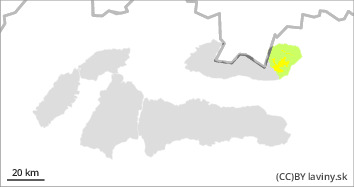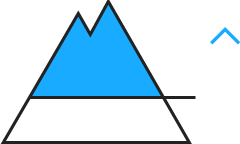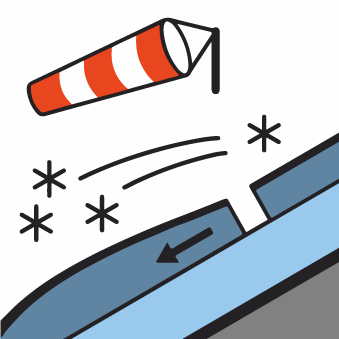
Danger level
 | 1900m |
|  |
|  |

Wind slabs of new snow on older hard snow represent the main danger.
In the eastern part of the High Tatras there is a moderate avalanche danger (2nd degree) above 1900 m a.s.l. The snowfall, which came from the east, brought most of the new snow to the east of the High Tatras. During the last period of snowfall up to 20 cm of new snow fell in some places. Winds from the north and northeast direction formed snow slabs and snow pillows on the south and southwest aspects. Danger is concentrated in locations where snow from previous snowfalls has persisted. Only small or moderate avalanches may occur on isolated slopes.
Snowpack
Up to 20 cm of new snow has been added at high altitudes, yet the snow cover is below average, mostly only 10 to 50 cm. Most of it is located above the treeline and in narrow valleys. Smaller snow slabs and pillows can also be found here, which at higher altitudes lie on a layer of older, frozen snow. At lower and middle elevations, new snow is found on a grassy base. Snow cover irregularly spaced - ridges are blown into the subsoil or old hard snow.
Tendency
stays the same


